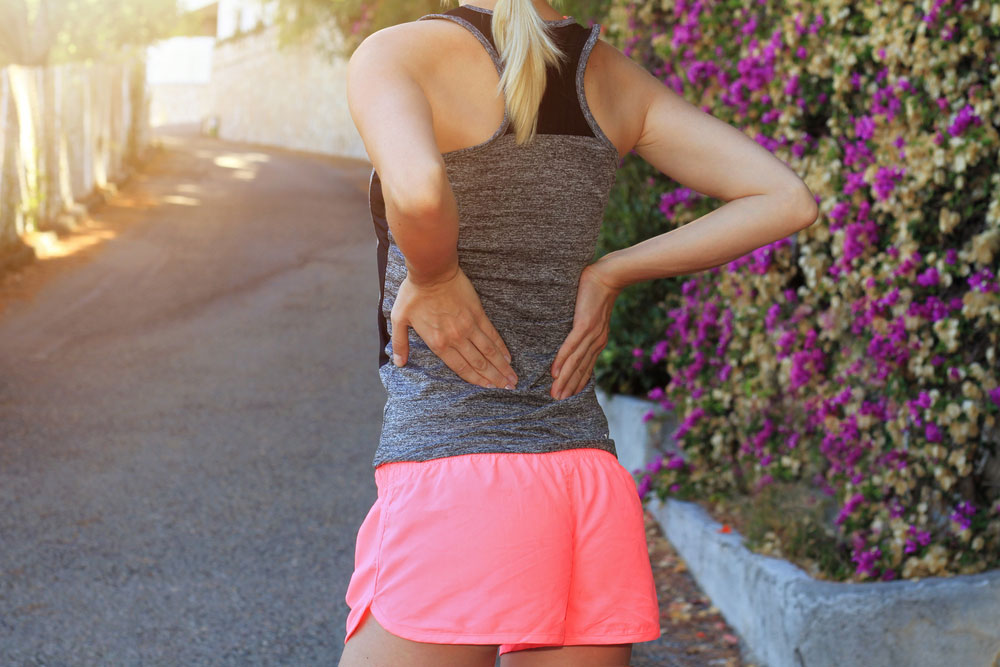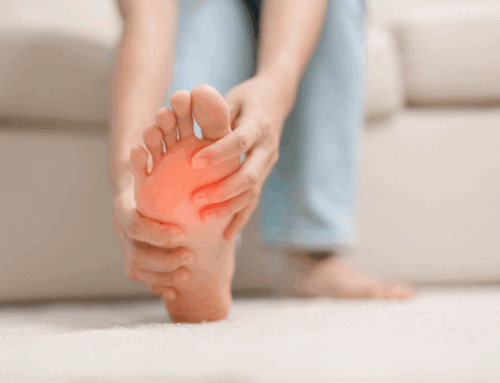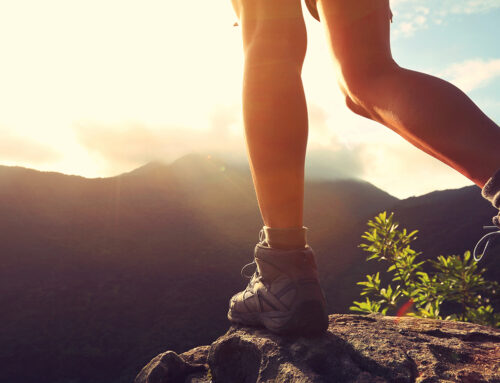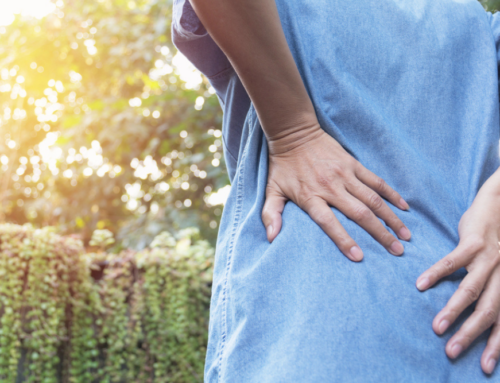Low back pain is a very broad term, but the pain in the low back itself is extremely common.
Research shows that up to 80% of individuals in the general population will experience low back pain at some point in their lives.
Statistically, that is a huge percentage of the population!
But just because the research shows that the majority of people will deal with pain in their low back does not mean that it is inevitable.
The goal of this short blog is to:
- Help you understand low back pain
- Explain how movement and posture are associated with low back pain
- Show you how you can use movement and posture to avoid low back pain
Let's get started…
A Brief Introduction to Back Bain
It is a very common belief that the pain we feel in parts of our bodies is a direct representation of damage to those body parts.
Despite how common that belief is, it is not always true.
Yes, oftentimes, when there is damage to a tissue or part of our body we will experience pain. But the damage is not required for a person to feel pain, and pain is not always experienced when there is damage.
We have receptors throughout our bodies that respond to things like changes in pressure and tension, changes in temperature, and changes in chemistry. These receptors are known as "nociceptors," and they are part of the "nociceptive system".
If those receptors in a part of our body detect a change in one of those categories sufficient to potentially cause damage, they send a signal to the brain about the change.
The brain/nervous system then interprets the signal and decides whether or not pain should be produced.
So, the nociceptive system is our system of threat detection, and pain is a tool used by the brain to promote change in order to avoid threats.
There is a wide distribution of nociceptive receptors throughout the structures of the low back, such as within tendons, ligaments, fascial tissues, and joint capsules.
Many of these receptors respond to changes in mechanical pressure and tension within tissues – they are known as "mechanoreceptors".
So, things like excessive tension to tendons and ligaments or excessive pressure to intervertebral discs in the spine can stimulate those receptors and potentially lead to pain. There are other receptors that respond to chemical changes known as "chemoreceptors".
In a situation where there is true tissue damage and inflammation, these chemoreceptors can be stimulated, which can also lead to pain.

Lower Back Pain Causes
1. Sitting posture
Now that we have briefly discussed the nociceptive system, it will be easy to understand why poor sitting posture often leads to pain.
As a person sits with slouched posture and a rounded low back, this increases mechanical stress on many of the structures in the low back.
Rounding of the low back increases the pressure on the front side of the disc. This increases pressure within the disc itself and forces the disc material to be pushed backward. The further the low back flexes forward, the more tension is applied to structures behind the spine, such as ligaments and tendons.
When these tissues are held at tension for long periods, pain is often produced, but there's more to the story. These tissues also begin to lose their elasticity and become stretched out, which can lead to instability in the lumbar spine.
The combination of pressure pushing the disc material backward + the ligaments trying to contain the disc material being overstretched = a recipe for disc injuries and low back pain.
2. Frequency of low back flexion
Movement and postural variability is a good thing for the body because it allows forces and load to be distributed to different parts of the body's tissues.
Without that variability, the forces and loads are constantly applied to the same tissue surfaces, which will lead to irritation and, eventually, damage.
As modern-day humans, we spend a ton of time with our low-backs flexed forward. It is common for a person to wake from sleep and sit with a rounded back on the edge of the bed, and eat breakfast with a slouched posture, followed by a drive to work with their low back in the same position.
They then proceed to sit for the majority of the day with the low back flexed, drive home in the same position, then go to bed and even sleep with the spine flexed.
You get the picture, our low backs spend a lot of time in a flexed position, and there is a price to pay for that in the form of tissue damage and instability.
3. Inappropriate lifting mechanics
Whether you are lifting weights as a hobby or lifting objects occupationally, the strategy you use to pick those things up is extremely important.
Picking things up with a rounded low back significantly increases pressure and stress on the discs of the lumbar spine while simultaneously drastically increasing tension on the muscles and connective tissues of the low back.
When lifting objects from the floor, it is often appropriate to brace the core engaging the muscles surrounding the spine to keep the spinal segments in a neutral position. Then utilize the large muscles in the hips and legs to come to a standing position.
The structures of the low back are much less susceptible to injury when using the latter lifting strategy.
Tips to Avoid Low Back Pain
I want to make it very clear that it is not simply the act of sitting or picking objects up from the floor that results in back pain.
The strategy that we use to perform those activities as well as how frequently we perform them, are both extremely important factors.
Sitting posture tips:
When you must sit for an extended period of time, the way things are set up is important. Lower the seat so that when both feet are flat on the floor, there is about a 90-degree bend in your hips and knees.
A lumbar support roll or cushion just above the belt line is often helpful to keep the low back in a neutral position. Then sit tall with the head, chest, and hips all stacked on top of each other. Arguably the most important part is remembering to take micro-breaks frequently to move around.
Frequency of flexion tips:
There is clearly a huge mismatch between how frequently we flex our spines and how infrequently we extend them.
This imbalance commonly leads to pain and problems, so take some time to extend your spine.
Cross your forearms over your low back and arch over them, go into the "cobra" pose of yoga, or just lay on your stomach propped up on your forearms like a little kid watching TV.
Deliberately extending your low back will go a long way.
Lifting mechanics tips:
We do not neat to fear low back flexion entirely. It is okay to round the low back to tie your shoes or pick up a pencil, but when picking up heavier objects and/or having to bend over to pick things up repetitively then we need to put more effort into protecting the structures in our low backs.
In those situations, it is appropriate to brace your core, keep your spine straight, and use your hips and legs to stand up with the object to avoid putting the low back in a dangerous position.
Take Care of Your Lower Back
It's important to take care of your back to avoid low back pain. In addition to the tips we have included in this blog, if you suffer from low back pain, be sure to schedule an appointment with your local chiropractor.




